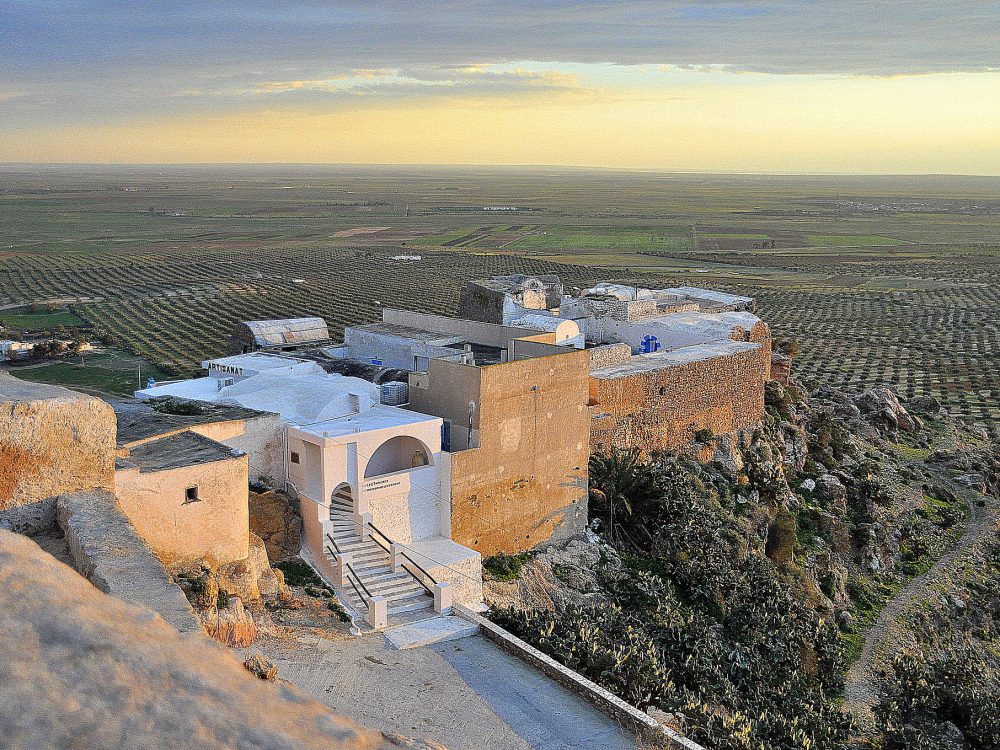South-South Cooperation: A Honduran Case Study
Development Finance open data has quickly become a hot topic for large international groups. The International Aid Transparency Initiative (IATI), World Bank, and AidData (a partner of Development Gateway’s) are just a few of the many organizations that have promoted this increase in open data and aid transparency. But there is a new type of development cooperation that is swiftly becoming prominent throughout the world, South-South Cooperation (SSC). In 2011, according to a United Nations Development Programme, SSC activities were estimated around 17 billion US dollars. This was a sharp increase compared to 2006 when SSC activities were estimated between 9.5 and 12 billion US dollars.
A brief history:
In 1974, the United Nations General established a Special Unit for SSC, but it didn’t start gaining traction until the late 1990s. While there was a noticeable, albeit delayed, increase in overall prominence, Central and South America, Asia, and Africa have all experienced particular growth with regards to SSC. As a result, a need for an established data standard, and way to capture this new form of data, emerged. Secretaría General Iberoamericana (SEGIB) has begun to establish reports for countries throughout Latin America, but there is no overarching data standard–yet–for SSC.
So, what exactly does a South-South Cooperation project look like?
With our counterparts in the Chancellery of Foreign Affairs of Honduras, we have identified three major types of SSC: Bilateral, Triangular, and Regional SSC. Bilateral SSC is when a “south” country aids another “south” country, for example Costa Rica providing technical assistance to Honduras. Triangular and Regional SSC are very similar. Triangular SSC is when there are, as you might guess, three countries involved: a country that funds the activity (Donor 1), an implementation country (Donor 2) to do the work, and finally, and a country where the work is done (Beneficiary). Donor 1 can be a traditional donor or another south country. The only difference between Triangular SSC and Regional SSC is that in the latter, the final beneficiary is a region.

Okay, but what does this look like in practice?
Development Gateway (DG), together with the government of Honduras, developed a South-South Cooperation module as part of its Aid Management Platform (AMP) to accurately record this particular type of development finance transaction, and take an important step forward in establishing a data standard. AMP, a web-based development assistance information system developed by DG, enables local government staff to gather, access, use, and understand data on development assistance. There are currently over 20 AMP implementations around the world, and we will be extending the SSC module functionality to all other countries.
This module, which is in its first phase, allows users to enter project identification on South-South activities, tag national development programs to SSC projects, tag locations to SSC, and create SSC reports. This module allows the government of Honduras to report to SEGIB on its SSC activities, but one major thing is missing: a data standard to collection data.
Many data standards for international aid transparency start at an aggregate level (e.g. country X received 1 million dollars of funding from country Y in 2011), but the SSC data collection cannot be collected at this level. One of the main reasons is that many SSC activities often do not have a direct amount of funding associated with it. So the question becomes: how can someone accurately record a funding activity that has no funding attached to it, such as country X received technical assistance from country Y? Our module focuses on the components that make up projects to determine funding for these types of projects. For example, if a south country receives technical assistance from another country, SSC funding can be tracked by recording the costs of the components that make up the technical assistance. Costs associated with this project could include costs of the flight, cost of hotel, cost of transportation, and cost of food. By splitting up all of these costs into components, and subsequently associating these components to one parent project, it is possible to–somewhat accurately–estimate funding associated with this type of non-traditional funding.
SSC funding is beginning to have a much larger role, especially in Latin America. Creating a new data standard is necessary to accurately represent the new large amount of non-traditional funding occurring throughout the region. Development Gateway is planning on contributing back our lessons learned and experiences to SEGIB, IATI TAG, experimenting with its technical functionalities, and striving to develop–with its country partners–how to accurately represent this funding.
Share This Post
Related from our library

How useful is AI for development? Three things we learned from conversations with development experts
The development world is buzzing with excitement over the idea that new and emerging applications of artificial intelligence (AI) can supercharge economic growth, accelerate climate change mitigation, improve healthcare in rural areas, reduce inequalities, and more. But what does this look like in real life?

At a Glance | Tracking Climate Finance in Africa: Political and Technical Insights on Building Sustainable Digital Public Goods
In order to combat the effects of climate change, financing is needed to fund effective climate fighting strategies. Our white paper, “Tracking Climate Finance in Africa: Political and Technical Insights on Building Sustainable Digital Public Goods,” explores the importance of climate finance tracking, common barriers to establishing climate finance tracking systems, and five insights on developing climate finance tracking systems.

Du côté de l’Afrique Francophone et des Caraïbes
Development Gateway travaille aussi dans les pays francophones d'Afrique et des Caraïbes depuis 2007. Nous mettons à profit notre expertise technique et développons des outils, des processus et des analyses multilingues personnalisés pour soutenir les efforts de nos partenaires à obtenir de meilleurs résultats dans plusieurs secteurs, notamment l'assistance au développement, l'agriculture, les industries extractives et la santé. Ce bulletin d'information revient sur la présence de DG dans les pays francophones.